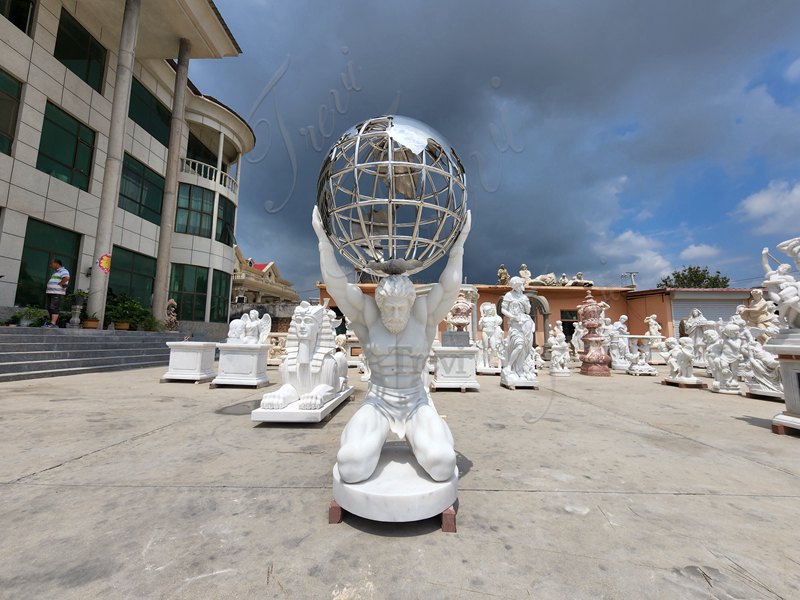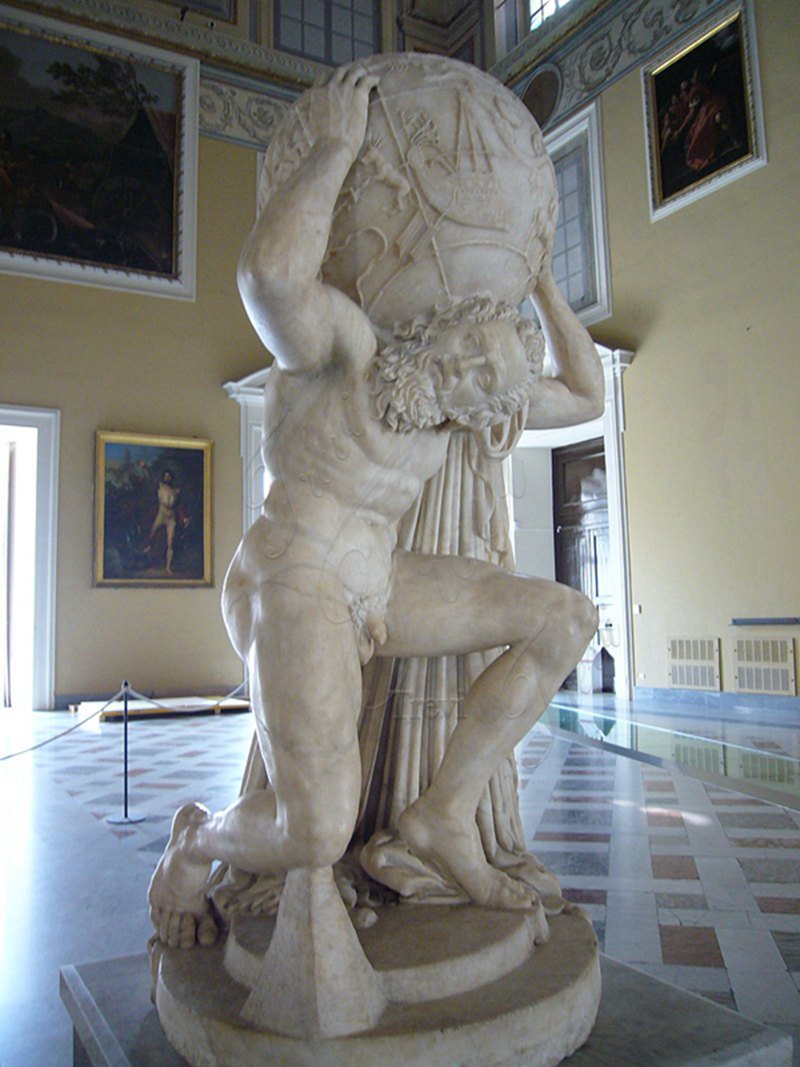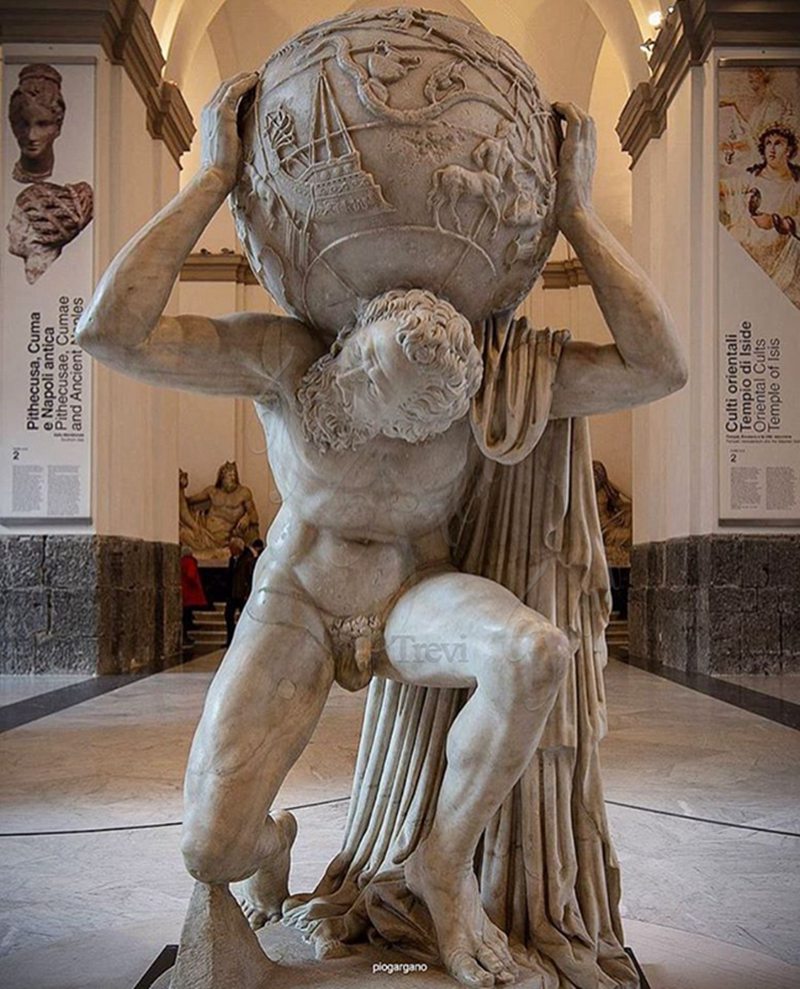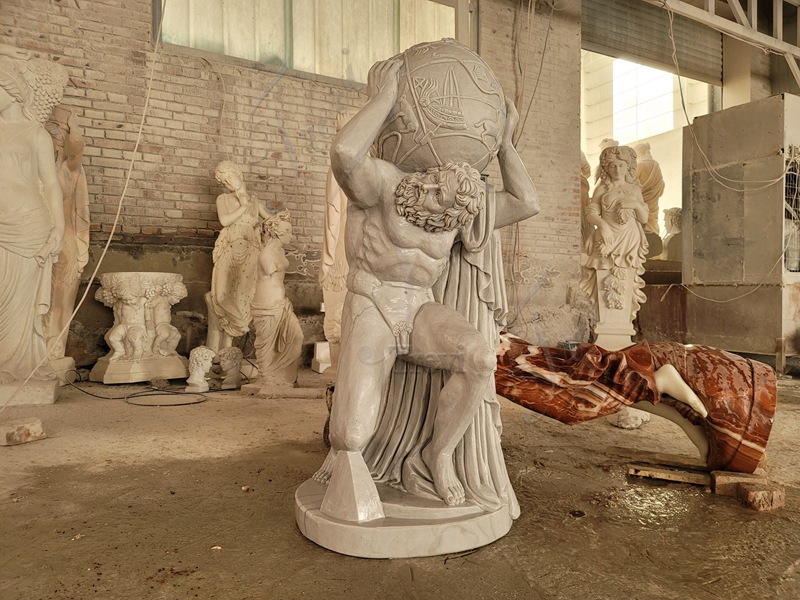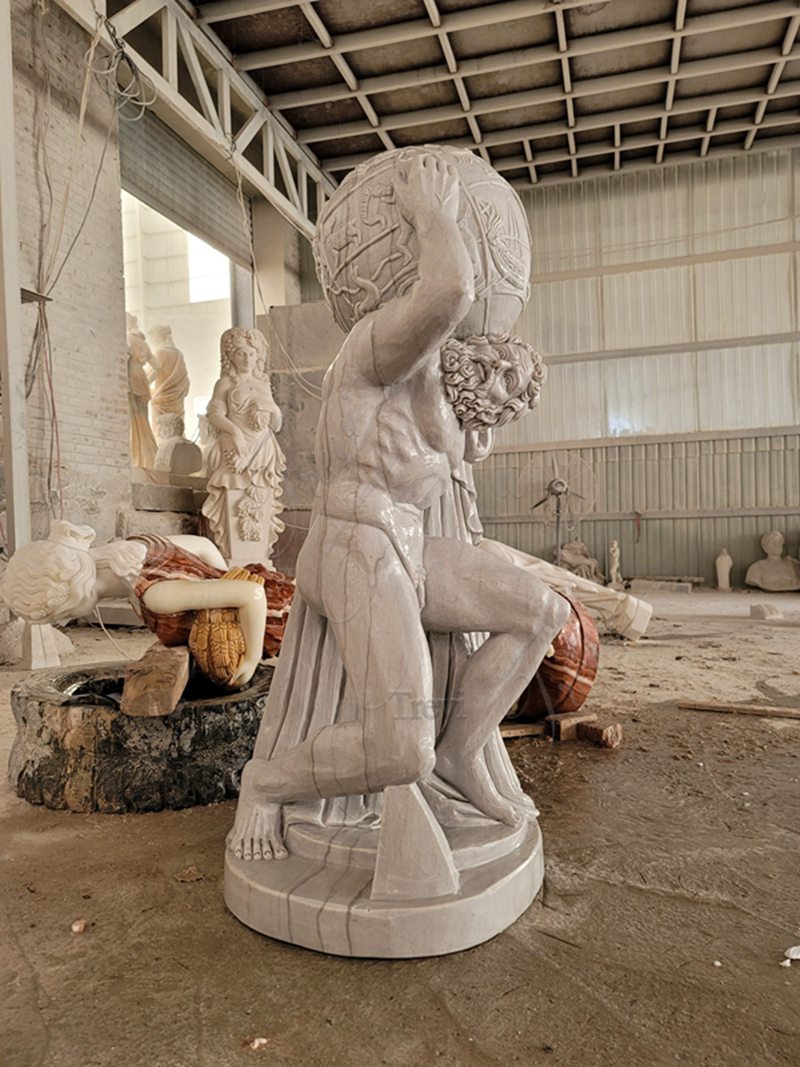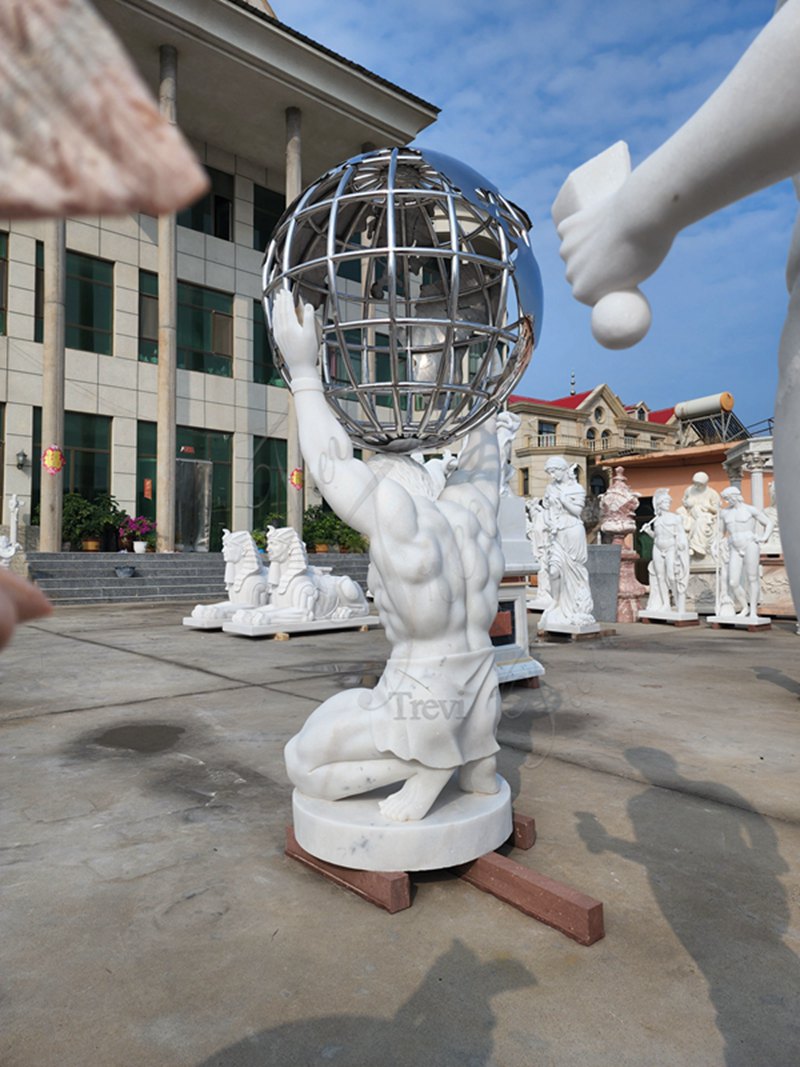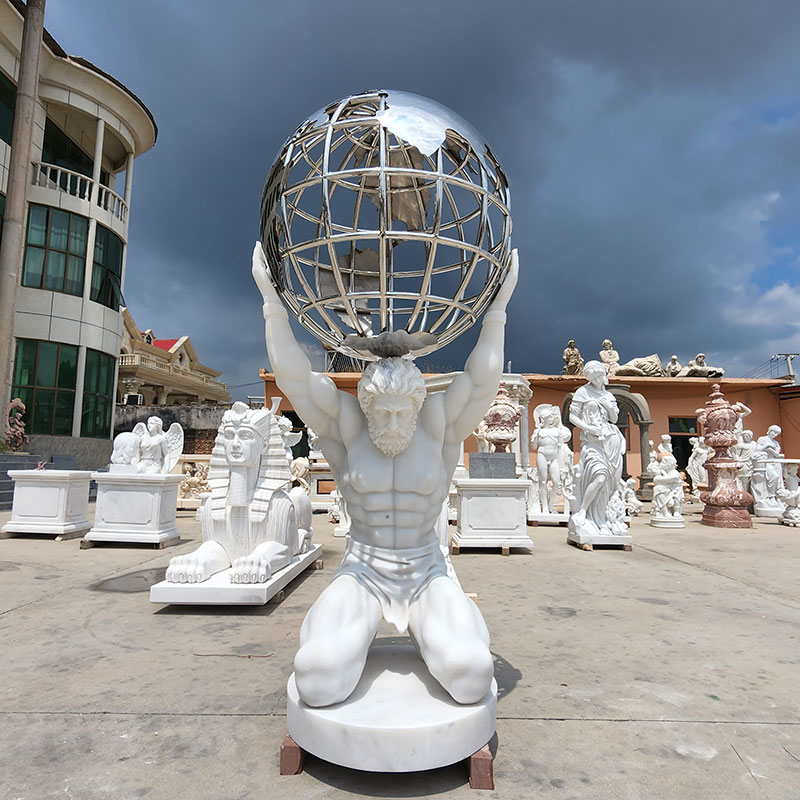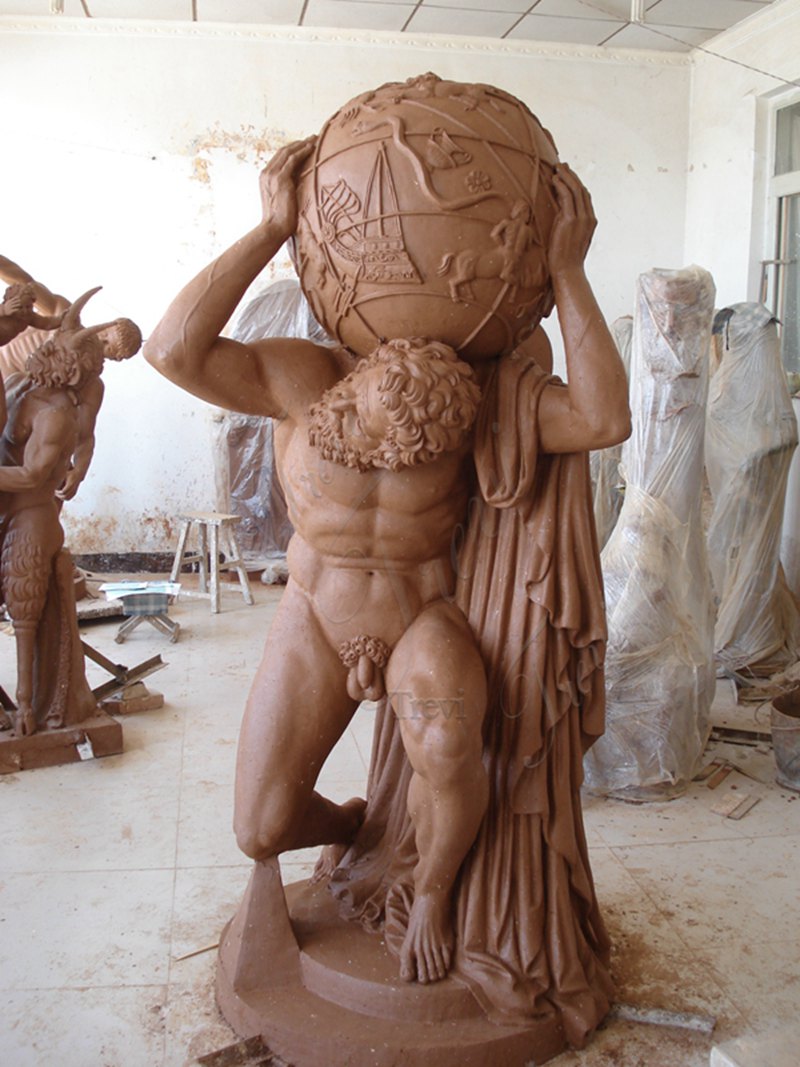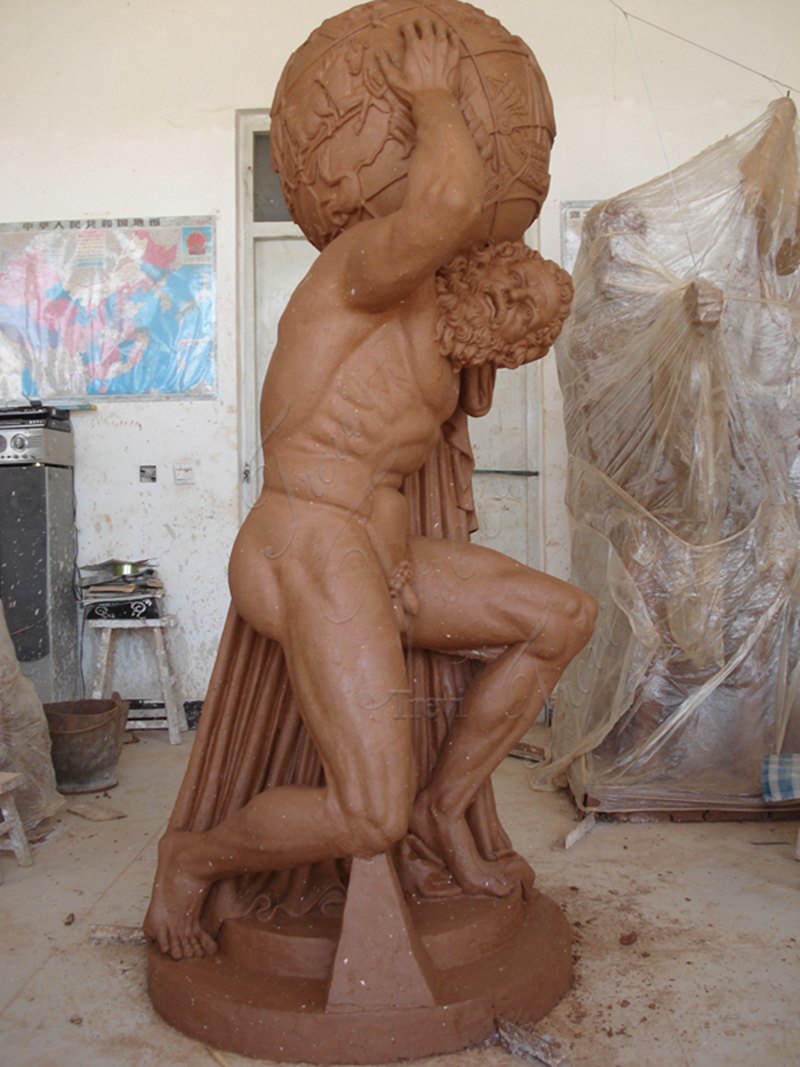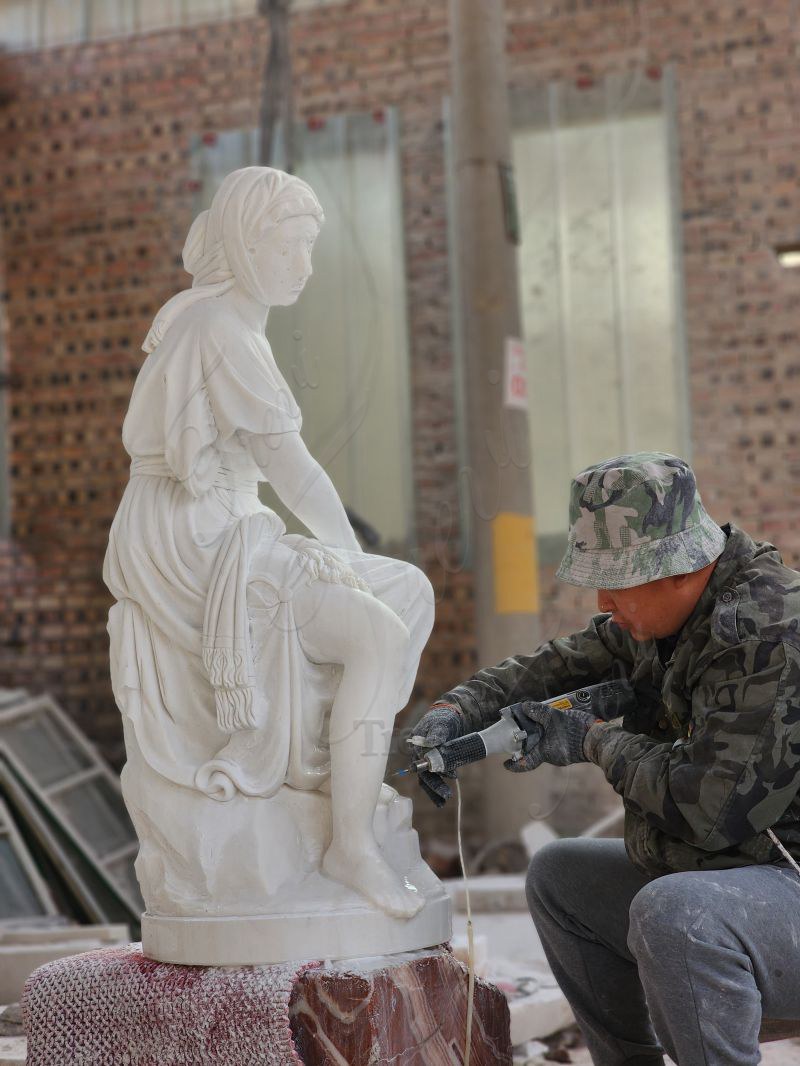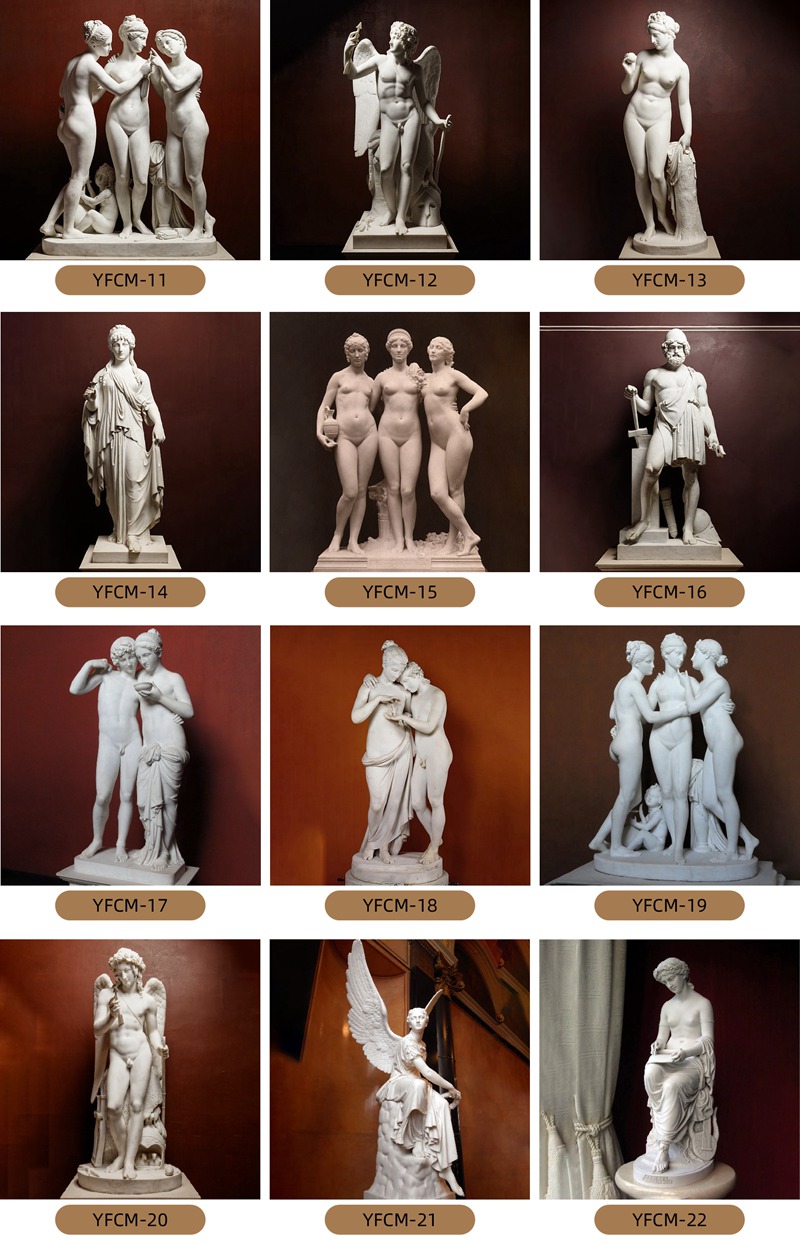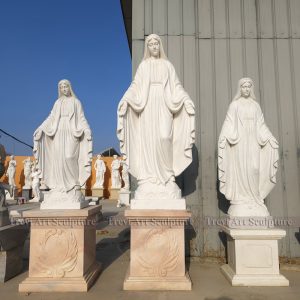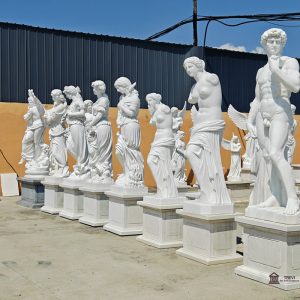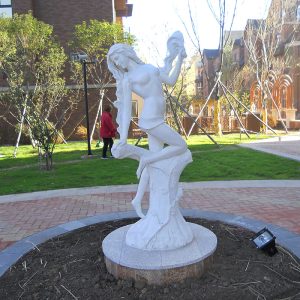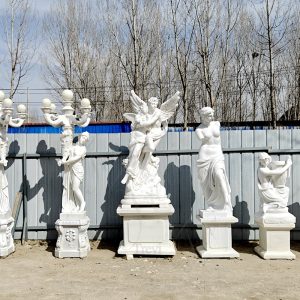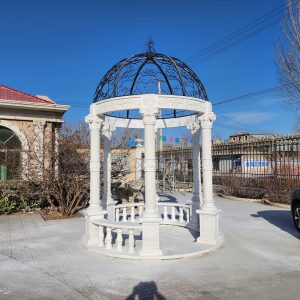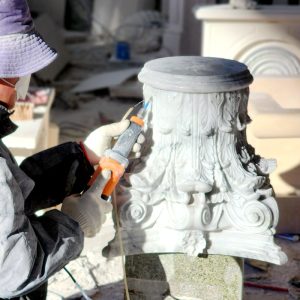Who Sculpted the Farnese Atlas?
The Rhodian sculptor Heliodoros carved this marble artwork in the late 2nd century AD. The statue dates back to the Roman Empire around 150 AD. And the sculpture appeared later than Claudius Ptolemy’s “Astronomy”. The globe shows the manifestation of night, marked by the presence of constellations visible on its surface. However, it has long been believed that the constellations that correspond to the celestial sphere are those of early Greek astrology, especially those in the works of Hipparchus in the 2nd century BC.
Where Is the Original Atlas Sculpture
The Farnese Atlas is an ancient Roman sculpture believed to be the oldest surviving depiction of Western constellations carved in stone. This sculpture portrays the Titan god Atlas from Greek mythology, bearing the celestial sphere on his shoulders. The statue stands approximately 2.1 meters tall and is thought to have been created in the 2nd century AD, based on earlier Greek prototypes.
Notably, the celestial sphere carried by the statue is intricately engraved with ancient interpretations of constellations. These are not arranged arbitrarily but are precisely configured based on the observations of ancient Greek astronomers, including familiar constellations like Orion and Gemini. The sculpture serves not only as an artwork but also as a precious historical testament to ancient astronomy.
The discovery and preservation history of the Farnese Atlas is also quite rich. It was unearthed in the 16th century from the ruins of the Baths of Caracalla in Rome. Subsequently, the sculpture became part of the esteemed collection of the Farnese family in Italy and was transferred to the Naples National Archaeological Museum in the early 19th century along with other Farnese collections, making it accessible to the public.
Situated at the intersection of art and science, the Farnese Atlas not only displays the exquisite skills of Roman sculptural art but also reflects the ancients’ understanding and imagination of the cosmos’ structure. It remains a highly valuable object of study for historians, art enthusiasts, and astronomers alike.
Was Atlas a Greek or Roman God?
In Greek mythology, Atlas was the son of the Titan Iapetus and Clemens of Oceania (or Asia). He is also the brother of Prometheus (creator of mankind). In the first volume of Homer’s Odyssey, Atlas appears to be a sea creature supporting the pillars that divide heaven and earth. In the battle of the Titans, the Titans, including Atlas, were hostile to the Olympians. In the end, the war ended in the defeat of the Titans. And Atlas was also punished by Zeus, always raising the sky in the westernmost part of the world.
Trevi’s Marble Atlas Statue Replica
In today’s era of intricate artistry and craftsmanship, Trevi factory specializes in the professional replication of renowned marble sculptures, backed by a rich historical heritage and extensive expertise in sculpture. We excel particularly in recreating famous historical sculptures.
Detailed Clay Model
To accurately replicate every detail and proportion of this marble Atlas statue, our process begins with the creation of clay models. Our clay model artists strive for perfection in every detail, combining traditional craftsmanship with modern aesthetics in each form they shape. Their goal is not merely to replicate a sculpture but to create an art piece imbued with soul.
Once the clay model is complete, we move on to the marble carving stage. We select high-quality marble to ensure that the texture and details of each piece meet the highest standards. Our skilled sculptors employ traditional hand-carving techniques to meticulously transform marble into lifelike works of art. Every line and curve is carefully designed and considered, ensuring that the final product not only replicates the original’s form but also infuses it with new life and emotion.
Exquisite Carving Skills
Trevi artists have superb carving skills. They learned to carve marble carving techniques from an early age. In particular, many artists are very good at carving ancient Greek mythological figures. Our artist gate is from Quyang, the hometown of sculpture. We all know that Quyang has a long history of marble carving. These legendary carving skills have been passed down from generation to generation from ancestors. Our artists have inherited this skill. There is no doubt that they deeply love the art and give life to marble.
Trevi Factory is committed to using top-tier materials and masterful techniques, dedicated to providing our clients with unparalleled art pieces. Whether for museums, art collectors, or designers, we offer customized services that meet your exacting standards. By choosing us, you will own a piece that is not only rich in historical significance but also vibrant with contemporary appeal.
Our sculptures are very popular with our clients. In these countries, every year, we receive good feedback from our customers due to our good quality and service. If you like this classic marble sculpture, please contact us immediately.
